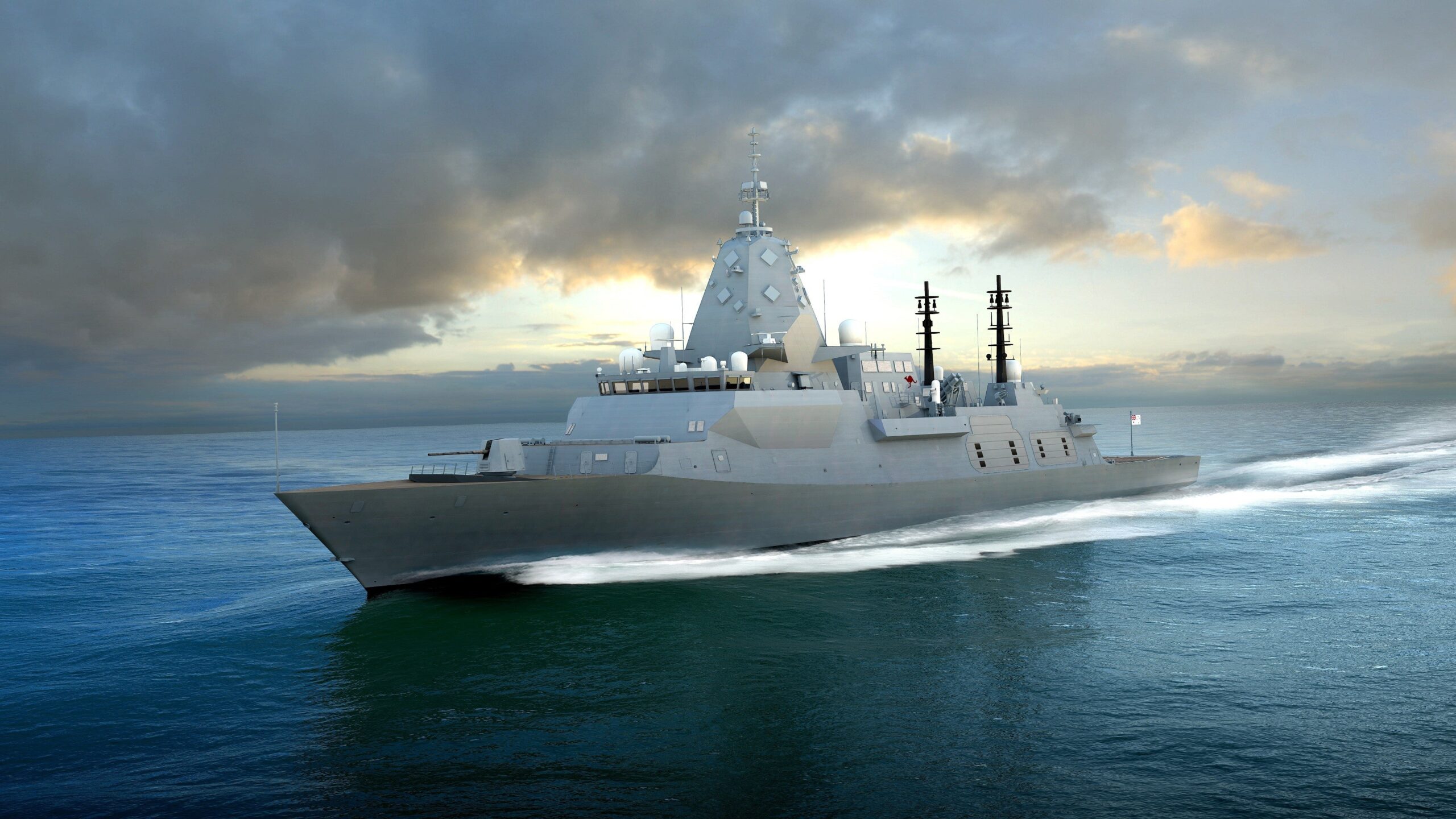
The federal government is committed to strengthening its naval shipbuilding infrastructure at Osborne South Shipyard in South Australia, with the steel sector set to play a key role.
The government’s plan marks the largest-ever infrastructure investment of its type in Australian history. Among its aims is the construction of state-of-the-art shipbuilding and sustainment infrastructure at Osborne Naval Shipyard in South Australia and the Henderson Maritime Precinct in Western Australia. Upgrades at both sites will help modernise ship construction systems and processes in Australia, an important step in improving shipyard productivity and reducing the cost of Australian build programs.
The government has founded a new body, Australian Naval Infrastructure Pty Ltd (ANI), to oversee the development and construction of the Osborne shipbuilding facility in line with the Naval Shipbuilding Plan, which was released in May 2017.
Lendlease was selected as the managing contractor for the construction of the new Osborne South area of the shipyard following a competitive tender process.
InfraBuild Steel Centre (formerly LIBERTY OneSteel Metalcentre) Port Adelaide will supply approximately 2000 tonnes of Hot Rolled Structural (HRS) product from LIBERTY Steel and Mining’s Whyalla Steelworks to the project, in addition to Welded Beams and Plate.
In total, a massive 8000 tonnes of steel product is on order for the Osborne South project. Fabrication is underway already and steel will be delivered to the site in March and April, with full delivery of steel materials expected by end of 2018.
A significant boost to Australia’s naval fleet
The federal government’s investment of $535 million in new facilities at the Osborne South Shipyard will help support the construction of 12 offshore patrol vessels starting in 2018. The works are expected to complete in the second half of 2019 in time to commence building of up to nine Future Frigates in 2020.
It’s an ambitious target for the government, but one that would not be possible without the planned infrastructure upgrades. Preliminary studies undertaken by two companies recognised as leaders in shipyard design, build and efficiency, First Marine International and Odense Maritime Technology, identified clear deficiencies in the capabilities of current infrastructure at the site.
The studies found the current infrastructure to be suitable for block assembly and submarine sustainment, but unable to support current production requirements – namely the construction of major surface ships and future submarines. The construction of the new facilities at the Osborne South Shipyard will allow for next-generation surface ships to be built, while infrastructure upgrades to be carried out at the neighbouring Osborne North site will support submarine construction at a future date.
The government has committed to putting Australian manufacturing and heavy engineering at the centre of its naval shipbuilding initiative by engaging with local industry and specifying the use of Australian resources.
The shipyards will need to be highly secure, against both physical and electronic intrusion, as a matter of necessity. But they will also need to be fit-for-purpose to deliver a range of new naval platforms to come and flexible enough to futureproof Australia’s military capability.
The federal government insists the works planned will transform Australia’s naval shipbuilding and ship sustainment – and through the use of Australian industry, with Australian workers and using Australian resources.
A report released by PwC in October 2017 assessed that shipbuilding projects to take place in South Australia will add more than $130 billion to the South Australian economy and create 8000 jobs, 3500 of which will be in shipbuilding and the rest in industries related to shipbuilding.
Note on image: BAE Systems is offering the Global Combat Ship-Australia (shown), a local variant of the UK Royal Navy’s Type 26 Global Combat Ship currently in production in Glasgow, in its SEA 5000 bid. For further information about BAE Systems solution for SEA 5000 visit https://ournavalfuture.com.au.
Please contact us for any feedback or media enquiries about this content.
Subscribe to the
InfraBuild newsletter
Receive regular updates on news, case studies as well as the latest products and services.
